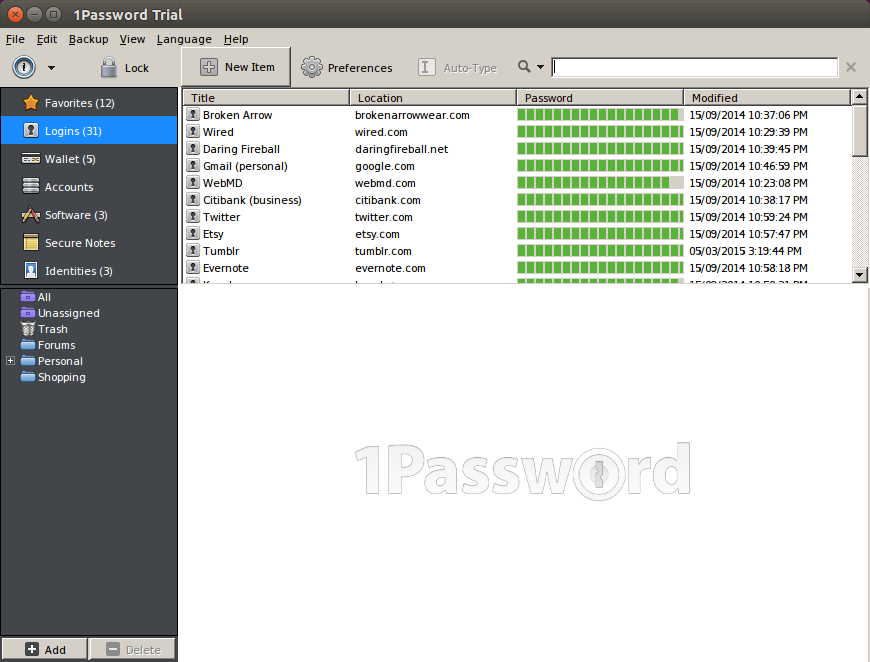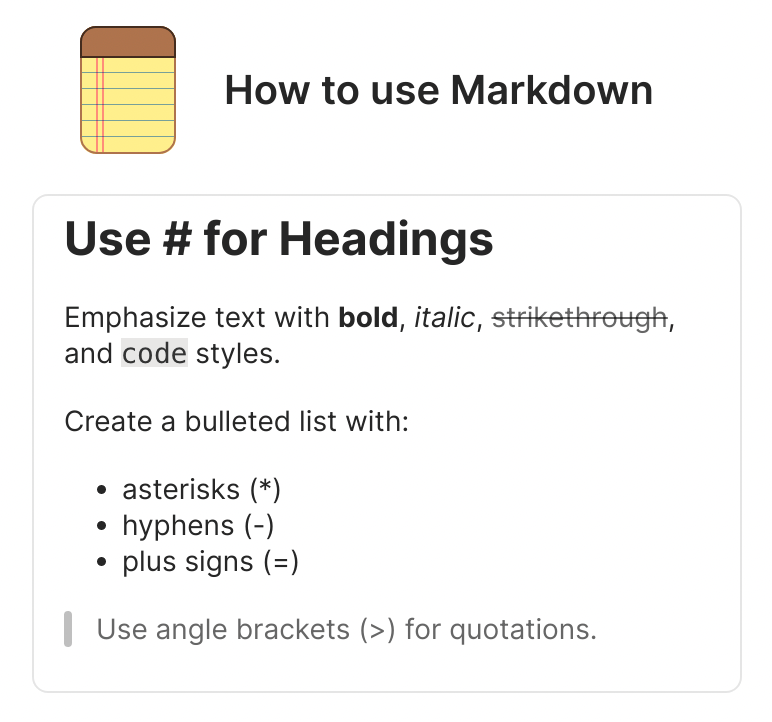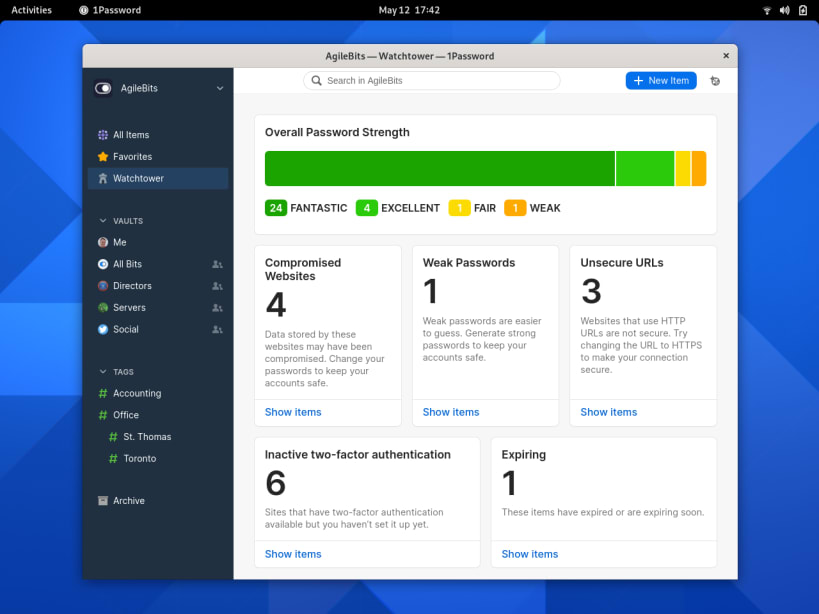
In order to do that, you need working connection to your vault here I assume my. Although I don’t like it, I understand why they do it from business perspective.
#1PASSWORD CLI LINUX PASSWORD#
One of the zilion kinda-working alternatives on Linux: libsecret, Gnome.Keyring, KWallet, …Ĭommand-line password manager (like pass on Unix)įull-blown secret handling solution like Vault.The Alternatives and The DisclaimersĪlternative ways to handling the secrets include: In that case, look at the $VAULT_CONTENT variable to alter the query properly.Īgain, the script uses ITEM_NAME as a unique key and random things will happen if you put in multiple logins under the same name. You may want to store the key pair in secure note or some other container. If you are using any other 1Password than the shared one on my subdomain, you probably need to change the OP_SESSION variable check.Ībove can be easily altered to accept command line arguments, but I actually prefer to have multiple scripts per each of my “roles” and just change the values in the header. The Modificationsĭefinitely change your Valt Name, Item Name and Region based on your preferences. Note that as mentioned earlier, in order for those variables to be exported in the parent terminal process, you must source the script instead of just running it.

The username and password retrieved from that item are then exported as the appropriate variables to the environment.

API returns the first item that matches configured ITEM_NAME 4. The op (presumably One Password) connects to 1Password service via HTTPS API 3. value'`Įxport AWS_SECRET_ACCESS_KEY=`echo $ITEM | jq -Mcr '.details.fields | select(.name="password") |. ITEM=`op get item "$ITEM_NAME" -vault=$VAULT_NAME`Įxport AWS_ACCESS_KEY_ID=`echo $ITEM | jq -Mcr '.details.fields | select(.name="username") |. # to be updated with better check once/if available # This is a void command to test whether your session is still valid, # 3) Signed in once before with op signin # Configuration: change to your preferences Note that in order for environment variables to be properly propagated, you have to source the script, not just run it: computer:~ user$ source ~/bin/enter-aws-session Put this script anywhere, ~/bin/enter-aws-session would be a good place. 1Password Vault named “Dev” with a Login called “AWS Key”, where username is your AWS_ACCESS_KEY_ID and password is your AWS_SECRET_ACCESS_KEY (configurable change below).AWS account with generated AWS_ACCESS_KEY_ID and AWS_SECRET_ACCESS_KEY.Locally-installed jq package (because I am lazy).1Password CLI installed and you signed in once (run op signin and see the linked page for details).If you still favor locally stored vaults for privacy reasons, the scripts below will not work for you. Since I am using the subscription service 2, I have decided to use a dedicated vault for my keys and put it into an online vault, also because it makes my cross-platform scripting easier. I gravitated towards 1Password as my personal password manager and decided to use it for storing the AWS credentials as well. In a company setting, this can be solved in various ways, but all are fairly complicated for individual developers. Both SSH private key as well as AWS API key is a password in disguise and I’ve been always bothered that the default is to just dump it into ~/.aws/credentials. Yet the computers that belong to the sophisticated users-developers-are often littered with passwords stored in clear text. As its usage skyrocketed, more sophisticated users use password manager as the trade-off seems to favor completely unique passwords over the possible compromitation of the manager 1. Passwords secure your digital identity and everybody knows to keep them save.


But since this is about handling your secrets, you should know what is it doing and why. # chrome-sandbox requires the setuid bit to be specifically set.Tl dr: Copy & Paste the script and source it into your shell. Here's a patch: diff -git a/1password.install b/1password.install
#1PASSWORD CLI LINUX INSTALL#
You don't need to chmod the helper after installation via the install script you can just do this when packaging and install the file with the right mode bits.


 0 kommentar(er)
0 kommentar(er)
